Experience Edmonton's History at These Museums and Historical Sites
Posted by EdmontonRealEstate .ca on Tuesday, October 26th, 2021 at 9:50am.
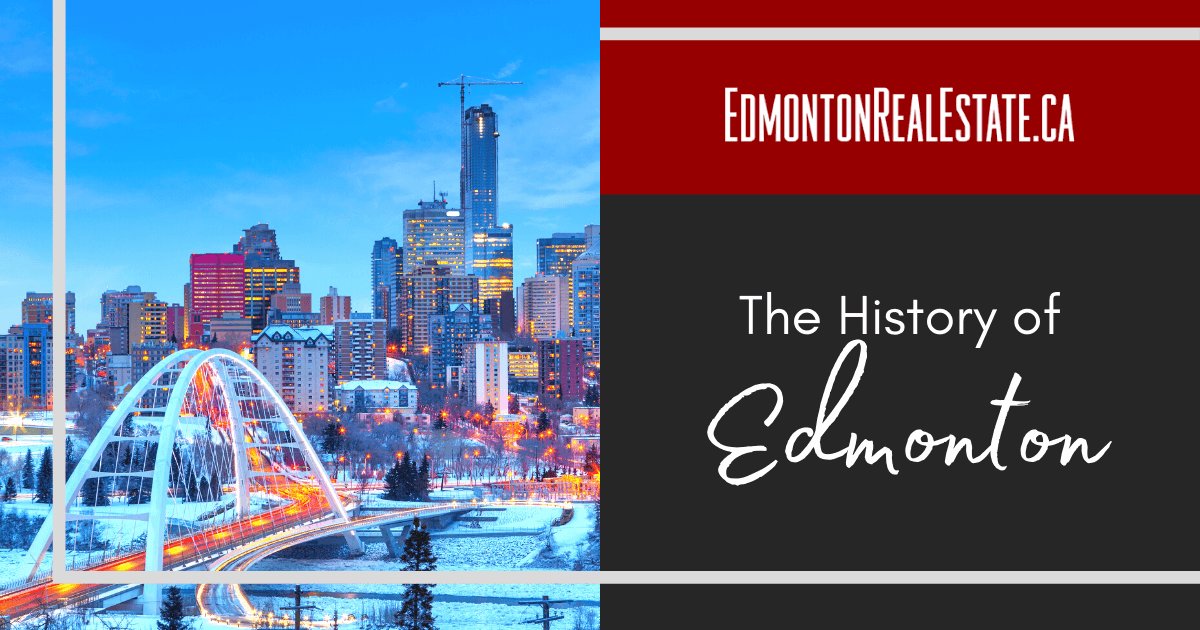
As the capital of Alberta, the city of Edmonton has a rich history. It is situated along the banks of the North Saskatchewan River—a feature that's supported life in Edmonton since the earliest settlers of the First Nations. Not only was the region a fertile ground for wildlife and growing crops, but the river allowed for transportation that led Edmonton into leadership within the fur trade.
The advent of railways in the early 1900s eventually led to roads, gas, and oil pipelines. More recently, the addition of the international airport earned the city the title "Gateway to the North." Over time, the Edmonton real estate market flourished and provided a foundation for a vibrant city with 1.5 million residents that serves as the economic and cultural hub for Western Canada. With such a fascinating history, it's no wonder that people are always moving to Edmonton. Keep reading to delve into the exciting history of Edmonton and learn about where the city is today.
Original Inhabitants: First Nations
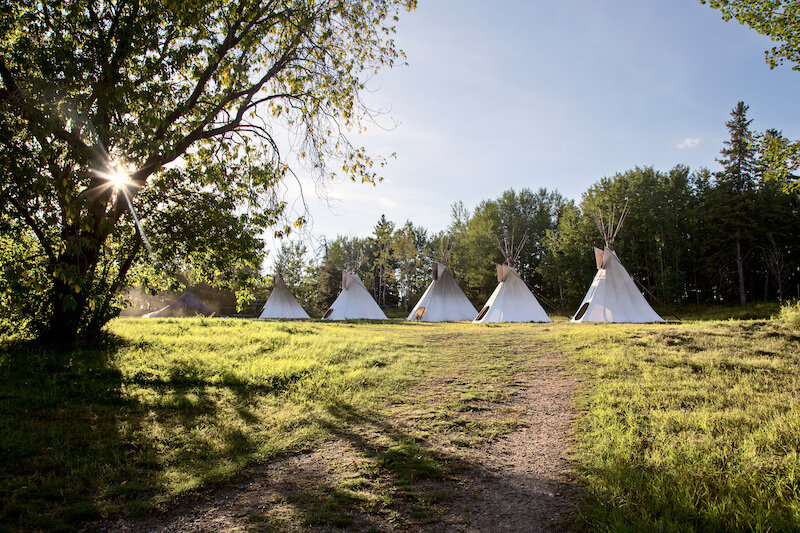 Members of The First Nations were the first people to inhabit the area now known as Edmonton. The First Nations of Edmonton included the Siksika, Piikuni, Kainai, and the Gros Ventre. Other groups, including the Crow, Kootenay, and Tsuu T'ina, also travelled through the area and adjacent regions.
Members of The First Nations were the first people to inhabit the area now known as Edmonton. The First Nations of Edmonton included the Siksika, Piikuni, Kainai, and the Gros Ventre. Other groups, including the Crow, Kootenay, and Tsuu T'ina, also travelled through the area and adjacent regions.
The land and the river provided the First Nations with a comfortable existence, meeting their physical, mental, and spiritual needs. In turn, the First Nation peoples were diligent about respecting nature and caring for the land around them. Herbs for healing and wildlife were abundant, which allowed them to establish independent societies here and across the nation long before European contact.
Today, festivals, ceremonies, and museums honour Edmonton's First Nations. Languages commonly spoken among the First Nations people are Dene, Sarcee, Kainai, Cree, Stoney, and Chipewyan. There are eight official Metis settlements in the province, as well.
Learn more about Edmonton's First Nations in the Indigenous Studies section of the Royal Alberta Museum.
Royal Alberta Museum Additional Information
- Address: Royal Alberta Museum, 9810 103a Ave NW, Edmonton, AB T5J 0G2
- Hours: Wednesday – Sunday, 10 a.m. – 4 p.m. (Closed Monday and Tuesday)
Early European Settlement: The Fur Trade
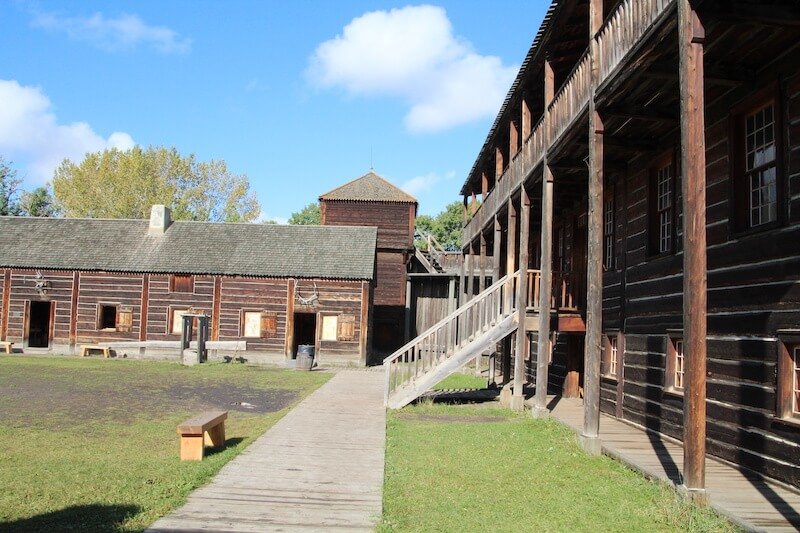 Once Europeans arrived in the area, two rival fur trading companies were embroiled in fierce competition. The Hudson Bay Company and the North West Company quickly impeded on each other's claimed territory, and the charters were divided. The Hudson Bay Company was situated in Rupert's Land in the high prairies, later known as Fort Edmonton in the 1790s.
Once Europeans arrived in the area, two rival fur trading companies were embroiled in fierce competition. The Hudson Bay Company and the North West Company quickly impeded on each other's claimed territory, and the charters were divided. The Hudson Bay Company was situated in Rupert's Land in the high prairies, later known as Fort Edmonton in the 1790s.
Along came the North West Company, who established a post at Fort Augustus. However, circumstances saw both posts moving around 1801 to new locations in what is present-day Edmonton. After 1810, both were abandoned until the two companies merged in 1821, making Fort Edmonton the primary collection, distributor, and service centre for the entire Western fur trade.
In the 1860s, the fur trade declined, and many buildings were abandoned, with the fort eventually being dismantled in 1915. Settlements outside of the fort began being formally established by European settlers in 1870. These were primarily pioneering farmers who lived in log cabins along the river. These settlement farms formed the layout for the 1882 land survey, dividing land into river lots.
As one of the best parks in town, Fort Edmonton Park is home to 1885 Street, the earliest village in Edmonton. At this site, people can now find homes for sale in the McCauley neighbourhood. The number of settlers was rather small until Rupert's Land was sold to the government of Canada in 1870, just as the West was opening for farming.
Uncover more stories from the early days of Edmonton at the 1885 Street Exhibit in Fort Edmonton Park. Please note, the park is open during the summer months only.
Fort Edmonton Park Additional Information
- Address: Fort Edmonton Park, 7000 143 St NW, Edmonton, AB T6H 4P3
- Hours: Closed Monday–Wednesday / Thursday & Friday 7–9 p.m. / Saturday 12–4 p.m. & 7–9 p.m. / Sunday 12–4 p.m.
Post-WWII: The Oil Boom
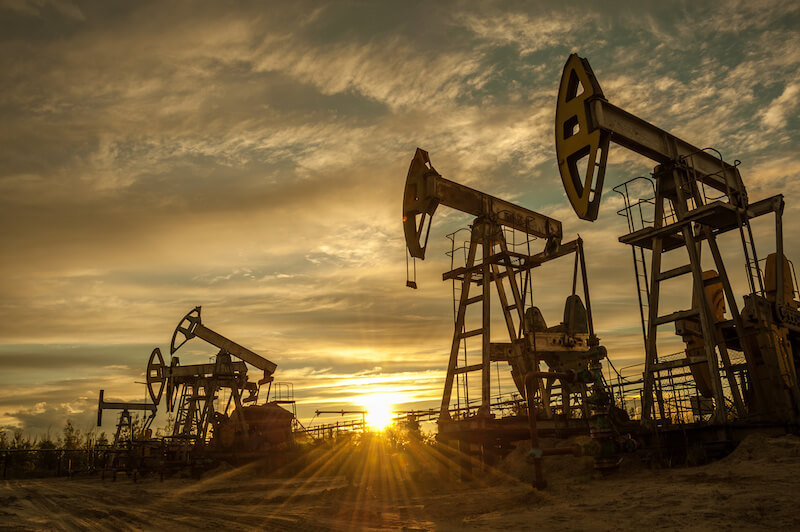 During WWII, Edmonton was a military operation staging ground and the hub of the Alaska Highway construction project. The Edmonton base served the Royal Canadian Air Force during the war through the Cold War. However, after the war, there was a desperate need to boost financial prosperity, and the hunt for oil surged. Imperial Oil was largely unsuccessful in its efforts and had drilled over 130 ultimately dry holes.
During WWII, Edmonton was a military operation staging ground and the hub of the Alaska Highway construction project. The Edmonton base served the Royal Canadian Air Force during the war through the Cold War. However, after the war, there was a desperate need to boost financial prosperity, and the hunt for oil surged. Imperial Oil was largely unsuccessful in its efforts and had drilled over 130 ultimately dry holes.
Many of these failed digs were led by rig supervisor Vern Hunter, who had earned the dismal nickname "Dry Hole." After spending millions on searching, the exploration was nearly abandoned until one of what was to be six last digs proved to be a surprising success. On February 13, 1947, the Leduc No. 1 oilfield struck a reservoir that sent a fireball of flames over 15 metres into the skies.
The community would forever change as the sleepy town's population began booming, and countless investment dollars flowed in as quickly as oil. More wells were struck, and the homes for sale in Devon were developed to support teams and workers for operations during the oil boom. Edmonton earned a status as the "Oil Capital of Canada."
In the 1950s, the population of the city also boomed from 149,000 to almost 270,000. The 1960s saw the area's prosperity increase dramatically, largely due to the high prices of oil along with several ' crises' that would see pricing increase even more throughout the 1980s. Today, Edmonton is the primary service and supply centre for the oil industry and is the petrochemical centre for western Canada.
See the original Leduc No. 1 Oilfield at the Canadian Energy Museum.
Canadian Energy Museum Additional Information
- Address: Canadian Energy Museum, 50399 Highway 60 South, AB T9G 0B2
- Hours: Closed Sunday & Monday / Tuesday, Wednesday, Friday, Saturday 9 a.m.–4 p.m. / Thursday 9 a.m.–8 p.m.
Edmonton in the Modern Day
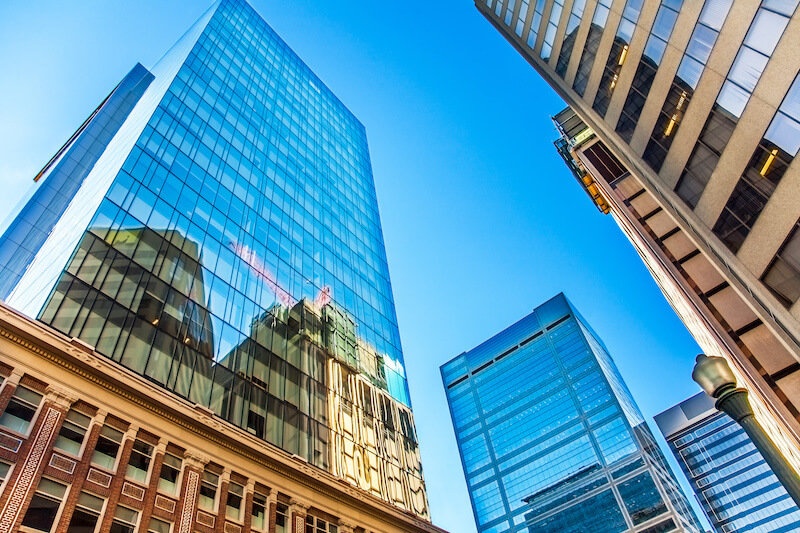 Waves of immigrants from across the globe have come to Edmonton, contributing to the thriving local culture. Many of the best neighbourhoods in Edmonton highly reflect the local heritage, such as Little Italy, Chinatown, and the Vietnamese District. The northern area of downtown is known as the "Avenue of Nations" and boasts various cuisines and shops that represent Edmonton's many cultures.
Waves of immigrants from across the globe have come to Edmonton, contributing to the thriving local culture. Many of the best neighbourhoods in Edmonton highly reflect the local heritage, such as Little Italy, Chinatown, and the Vietnamese District. The northern area of downtown is known as the "Avenue of Nations" and boasts various cuisines and shops that represent Edmonton's many cultures.
Today, there is an abundance of modern structures melded with historical ones, making the city modern yet respectful of the past. Parks, shops, and commercial businesses thrive throughout town. In addition to oil and other industries, the fertile lands of the prairies ensure that Edmonton still has a good footing in growing grain, flour milling, tanning, meatpacking, lumbering, and dairying.
Want to experience modern history in Edmonton? Pay a visit to Old Strathcona to find modern street art and historic architecture.
Old Strathcona Additional Information
- Address: Old Strathcona Business Association, 10314 82 Ave NW #402, Edmonton, AB T6E 1Z8
- Hours: Vary
Life in Edmonton Truly Reflects Its Rich History
While many new construction homes and sleek condo communities represent the modern times in Edmonton, many historical structures and elements remain. The community takes great pride in preserving the past while steadily embracing the future. Come and see why so many choose to live, work and play here as full-time residents of Edmonton.
If you're looking for the perfect Edmonton home, contact EdmontonRealEstate.ca in partnership with Justin Havre at (780) 800-9644 to get in touch with a local Edmonton real estate agent and discover your new dream home today.

